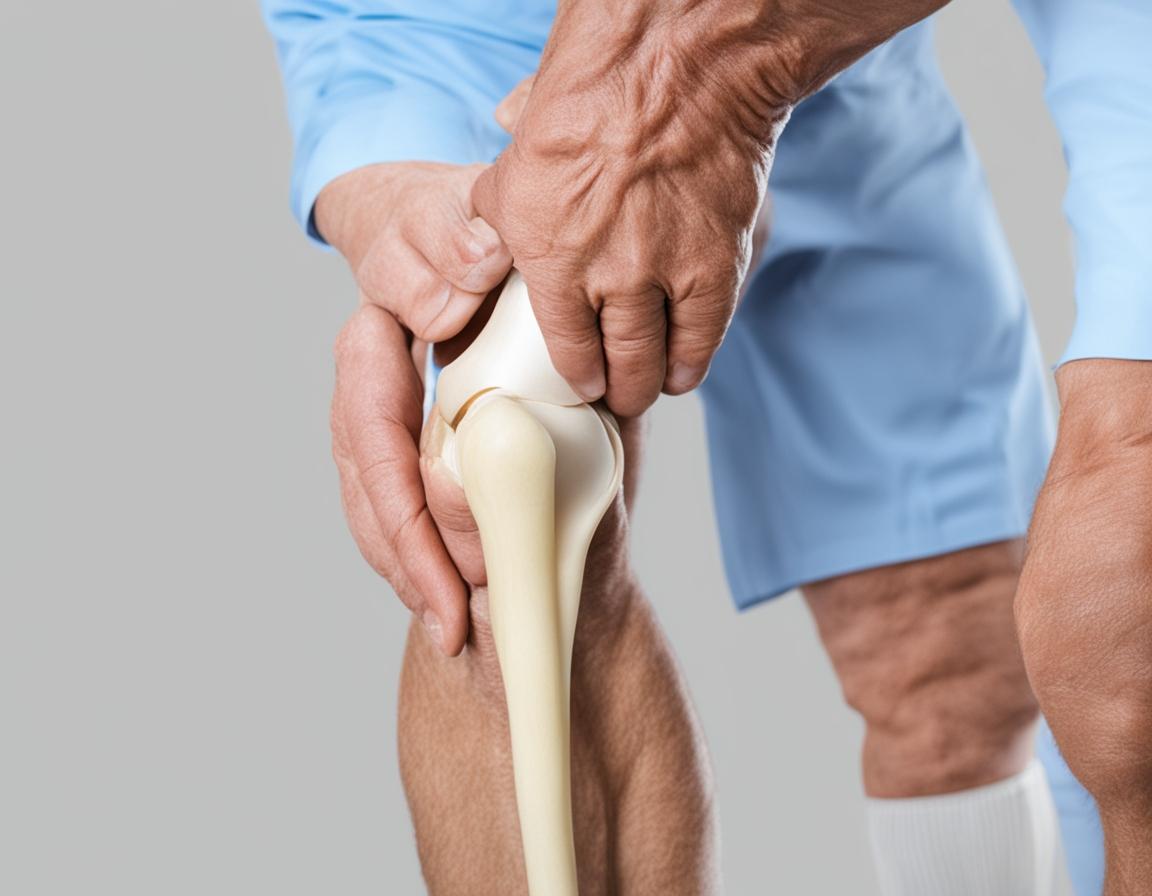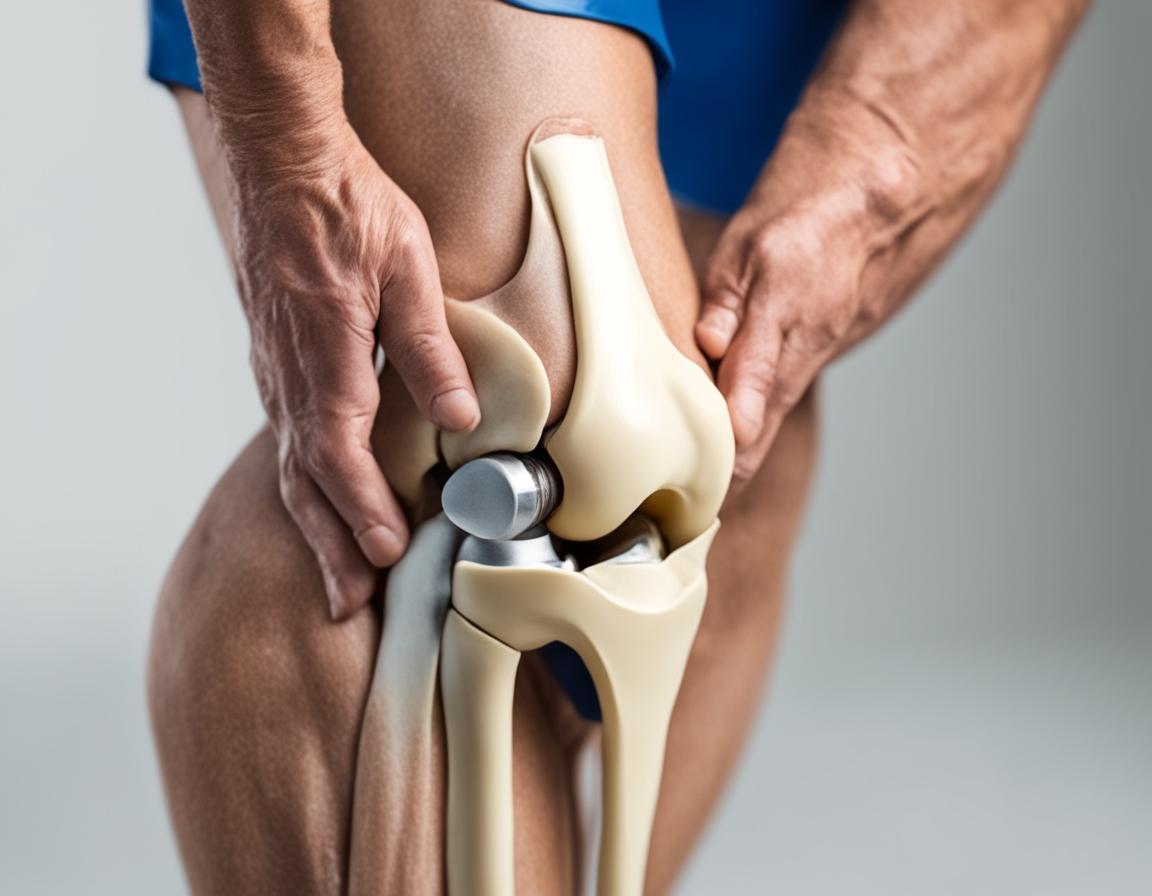
10 Signs You Might Need a Joint Replacement
Joint pain and dysfunction can severely impact your daily life, mobility, and overall well-being. When conservative treatments like medications, physical therapy, or lifestyle adjustments fail to provide relief, joint replacement surgery becomes a viable option. Recognizing the signs that indicate you might need joint replacement is crucial for timely intervention and improved quality of life.
This comprehensive guide explores the 10 common signs that suggest you may require a joint replacement, based on the latest expert advice in 2025.
1. Persistent, Severe Joint Pain
One of the most telling signs is constant and severe joint pain that persists even at rest or during the night. If pain:
-
Limits your ability to sleep soundly.
-
Requires regular use of pain medications to manage.
-
Affects surrounding areas like muscles or other joints due to compensatory gait or posture changes.
This level of pain indicates significant joint deterioration and often warrants surgical consultation.
2. Swelling and Inflammation
Chronic swelling and inflammation in the joint that do not respond to medications or conservative measures signal advanced joint damage. Persistent joint effusion can reduce mobility and further damage cartilage and connective tissue.
3. Stiffness and Reduced Range of Motion
Difficulty bending or straightening the joint, feeling stiffness especially in the morning or after periods of inactivity, impacts everyday tasks. Limited range of motion can severely restrict walking, climbing, sitting, and other functions.
4. Joint Deformity or Changes in Appearance
Visible changes like bowing of the leg in knee arthritis, swelling, or altered shape of the joint often accompany advanced degeneration.
If your joint looks visibly different or asymmetrical compared to the opposite side, this suggests structural damage that may necessitate replacement.
5. Loss of Function and Difficulty with Daily Activities
When joint pain or stiffness interferes with routine activities such as:
-
Walking normal distances.
-
Getting in and out of chairs or cars.
-
Climbing stairs.
-
Dressing, bathing, or other personal care.
This impacts independence and quality of life and is a strong indication to consider surgery.
6. Failure of Conservative Treatments
If you have exhausted options like:
-
Physical therapy.
-
Anti-inflammatory drugs.
-
Joint injections (corticosteroids or hyaluronic acid).
-
Bracing or assistive devices.
And still suffer debilitating symptoms, joint replacement may be necessary to restore function.
7. Pain or Symptoms That Interfere with Sleep
Pain severe enough to disrupt sleep consistently is a major red flag. Rest keeps the joint still, and persistent nocturnal pain signifies inflammatory or structural progression requiring intervention.
8. Noticeable Weakness or Instability of the Joint
If your joint feels unstable or tends to ‘give out’, this can indicate ligament damage or severe cartilage loss, compromising joint stability and increasing fall risk. Joint replacement can restore mechanical integrity.
9. Persistent Joint Tenderness or Warmth
Chronic joint tenderness, warmth, or redness around the joint may indicate inflammation or infection. Although infection requires immediate medical attention, ongoing inflammation can contribute to joint degradation, pushing toward surgery.
10. Declining Mental Health and Quality of Life
Chronic pain and reduced mobility can negatively affect mental health, causing anxiety, depression, and social isolation. When joint issues severely degrade your life satisfaction and emotional well-being, joint replacement often results in substantial improvements.
When to See a Doctor
If you experience several of these signs consistently for three months or more, it is advisable to consult an orthopedic specialist. Early evaluation can assess joint status through physical exams and imaging (X-rays, MRIs) and discuss treatment options tailored to you.
Summary Table: 10 Signs You Might Need Joint Replacement
| Sign | Description |
|---|---|
| Persistent severe joint pain | Pain that occurs even at rest or affects sleep |
| Swelling and inflammation | Chronic joint swelling unresponsive to meds |
| Stiffness and reduced motion | Difficulty in bending or straightening joint |
| Joint deformity | Visible shape changes like bowing or swelling |
| Loss of function | Difficulty in daily activities |
| Failure of conservative treatment | No improvement despite meds, therapy, injections |
| Sleep disruption | Pain causing frequent waking |
| Joint instability | Sensation of joint ‘giving way’ or weakness |
| Tenderness or warmth | Tender, warm joint suggestive of inflammation |
| Declining mental health | Emotional effects due to chronic joint issues |
Conclusion
Joint replacement is a transformative solution for patients suffering from debilitating joint pain and dysfunction. Recognizing the early and advanced signs that indicate surgical intervention can prevent prolonged discomfort, mobility loss, and emotional distress.
If joint pain affects your life quality, function, and sleep despite reasonable treatments, consult a specialist to discuss whether partial or total joint replacement is the best next step.
Being proactive about joint health in 2025 unlocks a future of improved mobility, reduced pain, and enhanced well-being.










